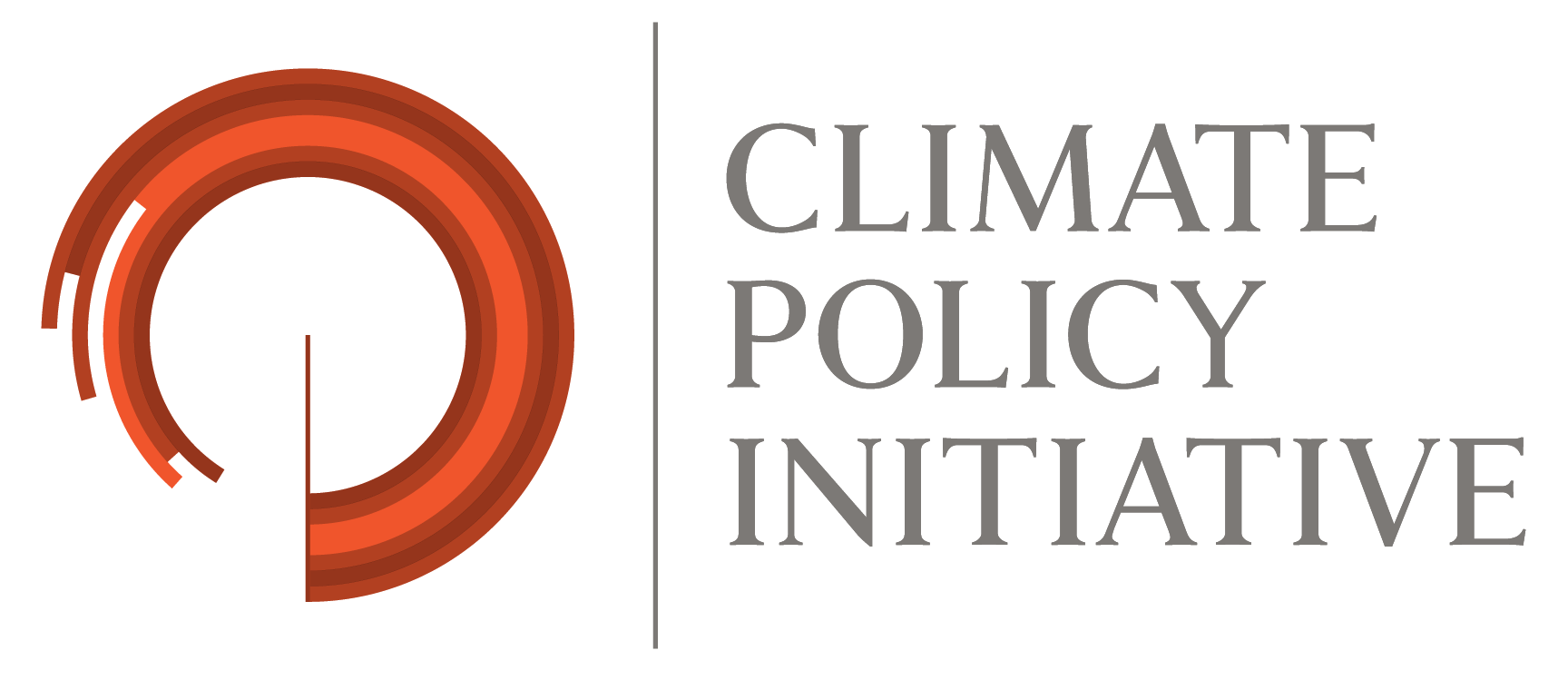Climate Finance Needs
CPI is compiling and standardizing data on climate finance needs from a wide variety of sources to provide the most comprehensive overview of the size of the climate finance gap to date. Despite annual climate finance having more than doubled between 2018 and 2022, a further fivefold increase is required to reach the USD 7.4tn needed each year through 2030 under the 1.5°C scenario.
Accurately assessing the size of this global climate finance gap can enable decision-makers to mobilize finance effectively, quickly, and to where it is most needed.
Navigating the data
CPI is supporting a collective understanding of the climate finance needed to align to a 1.5°C pathway.
Various institutions have analyzed the finance needed for climate action to keep global temperature rises within 1.5°C on pre-industrial levels. At the same time, countries’ official climate targets, such as their Nationally Determined Contributions, inform on the finance needed to realize their ambitions. These different actors use widely varying methodologies and assumptions in their calculations, leading to dramatically different estimates of investment needs.
To clarify the global climate finance needs landscape, CPI has developed a novel approach to capturing all of these needs estimates in a clear and digestible manner. Coupled with our wider tracking and analysis of climate finance flows, this can help identify the largest climate finance gaps, track progress against climate targets, and better inform decision-makers and financial institutions on how to increase the speed, scale, and quality of climate finance.
CPI’s two-pronged approach
CPI distinguishes between two types of needs to keep global temperature rises within 1.5°C: top-down and bottom-up. While there is no globally accepted definition or methodology for calculating “climate finance needs” to date, CPI assesses the current landscape by presenting available estimates as ranges of required investments rather than single values. Our goal is not to validate the approach and assumptions of different models but to present a comprehensive and impartial overview of available needs estimates to date.
Top-down needs
Estimated climate finance needed in different sectors to keep global temperature rises within 1.5°C, typically derived using predictive models.
Bottom-up needs
Climate finance required by countries to reach their national climate targets, including both finance to be raised domestically and international support.
Publicações em destaque
Publicação
Climate Finance Needs of African Countries
An assesment of the climate finance needs of African countries to implement their NDCs.
Publicação
Top-down Climate Finance Needs
CPI collects and standardizes data on climate finance needs from a wide variety of scenarios to provide a comprehensive and unique understanding of the scale of the climate finance gaps in different sectors.
Publicação
Bottom-up Climate Finance Needs
CPI’s bottom-up climate finance needs analysis can help identify the largest gaps at the country level, track progress against climate targets, and better inform decision-makers and financial institutions on how to increase the speed, scale, and quality of climate finance.
Publicações recentes
Publicação
Global Landscape of Climate Finance 2025
The Global Landscape of Climate Finance offers the most comprehensive overview of global climate finance flows, providing crucial insights into the resources dedicated to addressing climate change.
Publicação
Unlocking transition finance for achieving net-zero emissions in Indonesia
This deep dive into Indonesia’s climate-aligned finance policy nexus explores investment gaps, barriers to sustainable finance, and policy recommendations to streamline financial sector policies to scale up climate-aligned investment and enable alternative financing instruments to support Indonesia’s decarbonization.
Blog
Leveraging NDC updates to bridge the climate finance gap
In this blog, Caroline Alberti, Analyst at CPI, provides insights and recommendations for the upcoming updates of Nationally Determined Contributions (NDCs), which offer a fresh opportunity to scale up climate finance this year.
Publicação
Climate Finance Roadmaps
This report lays out CPI’s proposed approach to building Climate Finance Roadmaps, including methodological steps, assumptions made, data points required, and expected outputs.
Publicação
Landscape of Green Finance in India 2024
The Landscape of Green Finance in India tracks flows to real economy sectors—clean energy, clean transportation, and energy efficiency—as well as to some adaptation sectors. The study considers both public and private sources of capital—domestic as well as international—to track the flow of finance from the source to the end beneficiaries through different instruments.
Publicação
The Triple Gap in Finance for Agrifood Systems
Agrifood systems form the cornerstones of economies, societies, and ecosystems across the world, while also generating significant environmental costs. This report takes a systems-based approach to analyzing the investment needs of the agrifoods sector.
Publicação
Global Landscape of Climate Finance 2024
The most comprehensive overview of global climate-related primary investment.
Publicação
Landscape of Climate Finance in Africa 2024
The most comprehensive overview of climate investment flows in Africa.

